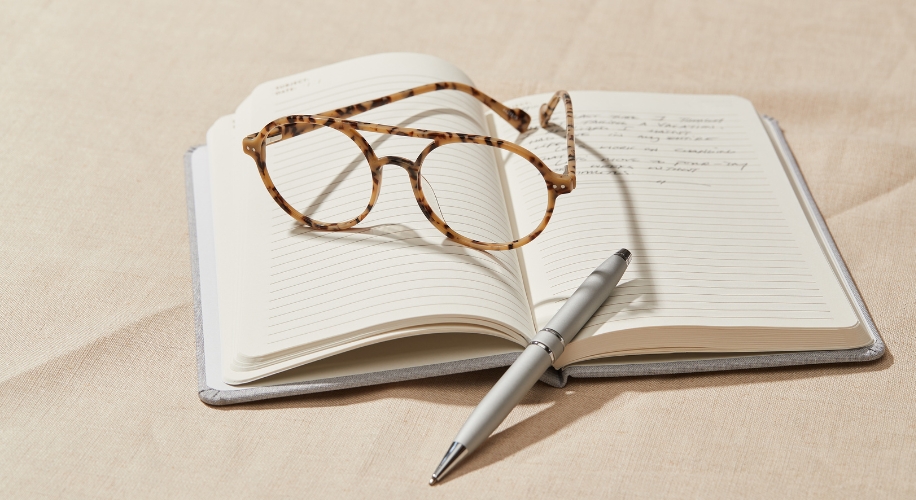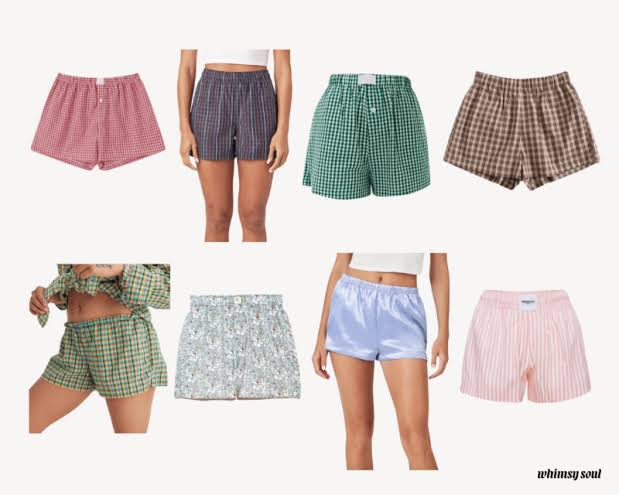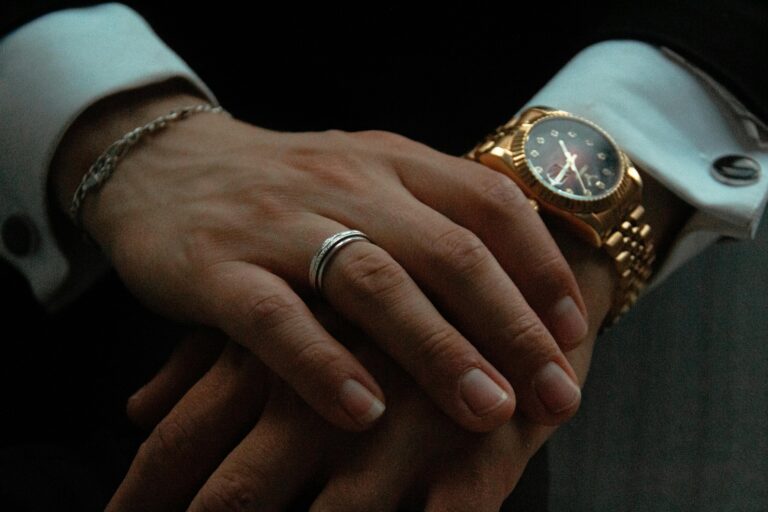
Reading Glasses
Introduction to Reading Glasses
Reading glasses can be a game-changer for anyone experiencing difficulty in focusing on close-up text. As we age, our eyes’ ability to focus on nearby objects diminishes, a condition known as presbyopia. This often makes reading small print challenging and can lead to headaches or eye strain. With many options available, choosing the right pair to suit your needs is essential. Whether reading a novel, browsing your favorite website, or working on a detailed document, a good pair of reading glasses can make all the difference. In this comprehensive guide, we’ll cover everything you need to know about selecting the perfect reading glasses to enhance your reading experience.
Types of Reading Glasses
Several types of reading glasses are available, each designed to cater to different reading habits and lifestyles.
- Full Frame Reading Glasses: These are ideal for people who spend much time reading or working on close-up tasks. The lenses cover the entire visual field, providing consistent power in the whole lens. This makes them perfect for prolonged reading sessions, but they can be inconvenient if you need to glance up and see at a distance frequently.
- Half-Eye Reading Glasses: These sit lower on your nose, allowing you to look over the lenses for distance viewing. They are practical for people who often switch between looking at something up close and farther away. This type of reading glasses can benefit multitasking environments such as offices.
- Bifocal Reading Glasses: These glasses feature lenses with two different optical powers. The upper portion of the lens is created for far vision, with the lower part designated for reading purposes. Bifocal reading glasses are an excellent option for those who need correction for both near and far vision, but they may require some time to get used to due to the visible lines separating the two prescriptions.
How to Choose the Right Lens Strength
Selecting the appropriate lens strength for your reading glasses is crucial for comfort and effectiveness. The lens strength, or diopter, indicates the level of magnification the lenses provide. You can take an online diopter test or consult an eye care professional to find the right strength. Diopters typically range from +1.00 to +3.50, and the right strength for you will depend on how far you generally hold your reading material from your eyes. Older adults may require stronger lenses as presbyopia progresses. You can check out this diopter strength guide for detailed guidelines and understanding diopter strengths.
Material and Frame Styles
The materials and styles of the frames are just as important as the lens strength when choosing reading glasses. The right frames can ensure that your glasses are comfortable to wear and durable enough for daily use.
- Plastic Frames: Lightweight and available in various colors and styles, plastic frames are often chosen for their comfort and affordability. They can suit a range of personal styles and are excellent for those who prefer a more fashionable look.
- Metal Frames: Known for their durability, metal frames are often more adjustable than plastic ones, providing a more customized fit. They tend to have a longer lifespan but may be heavier, which could affect overall comfort during extended use.
- Rimless Frames: With a minimalist design, rimless frames are less noticeable and can provide a cleaner look. While they are very lightweight, they may not be as durable as full-rimmed frames and can be more expensive due to the intricacies involved in their design and construction.
Maintaining Your Reading Glasses
Properly maintaining your reading glasses can extend their lifespan and ensure you always see clearly. Regularly cleaning your glasses with a microfiber cloth helps prevent scratches and other damage. Avoid using paper towels or the hem of your shirt, as these can contain fibers that scratch the lenses—also, storing your glasses in a protective case when not in use is best to prevent accidental damage.
Common Issues and Solutions
Even the best reading glasses may have minor issues. For example, if you experience headaches or eye strain, this might indicate that the lens strength is inappropriate. It’s essential to have an accurate and up-to-date prescription. If your glasses slide down your nose or sit uncomfortably, adjusting the fit or opting for a different frame style might help. Regularly updating your eye exams will ensure that your prescription remains current and that any emerging issues are promptly addressed.
Making the Most of Your Reading Glasses
Once you’ve selected the ideal pair of reading glasses, use them effectively to get the most out of them. Keep a pair of glasses handy in places where you do most of your reading, such as by your bedside, in your living room, or at your office desk. Many people find having multiple pairs of glasses helpful to avoid constantly searching for them. Consider investing in a stylish and functional glasses holder for better organization.
Continuous Eye Care
Wearing reading glasses doesn’t negate the need for regular eye check-ups. Your vision can change over time, and regular visits to an optometrist can ensure that your prescription remains accurate. Continually monitor your vision health for changes requiring a new medicine or additional eye care. Consult an eye care professional if you experience unusual symptoms, such as persistent eye strain or significant vision changes. Maintaining good overall health, including a balanced diet and regular exercise, can improve eye health. Always stay informed and proactive about your eye care needs.






